Toxic Temptation: Can Cats Eat Grapefruit? Vet Explains the Dangers
- 16 Apr 2025 10:47
Bright, tangy, and often considered a healthy breakfast staple for humans, grapefruit possesses a distinct allure. Its vibrant color and sharp scent might even pique the curiosity of our feline companions, leading owners to ponder a common question: can cats eat grapefruit? While sharing healthy snacks seems like a kind gesture, the world of feline nutrition operates under very different rules than our own. When it comes to citrus fruits like grapefruit, the answer is a definitive and critical **NO**.
Cats, as obligate carnivores, have a unique physiology that makes them highly sensitive to compounds found abundantly in grapefruit and other citrus plants. What is refreshing and vitamin-rich for us can be irritating and toxic for them. This comprehensive guide, adhering to E-E-A-T principles (Experience, Expertise, Authoritativeness, Trustworthiness) and reviewed for veterinary accuracy, will explore exactly why grapefruit is dangerous for cats, identifying the toxic components, outlining the symptoms of poisoning, detailing which parts are most hazardous, and emphasizing the importance of prevention to keep your beloved pet safe.
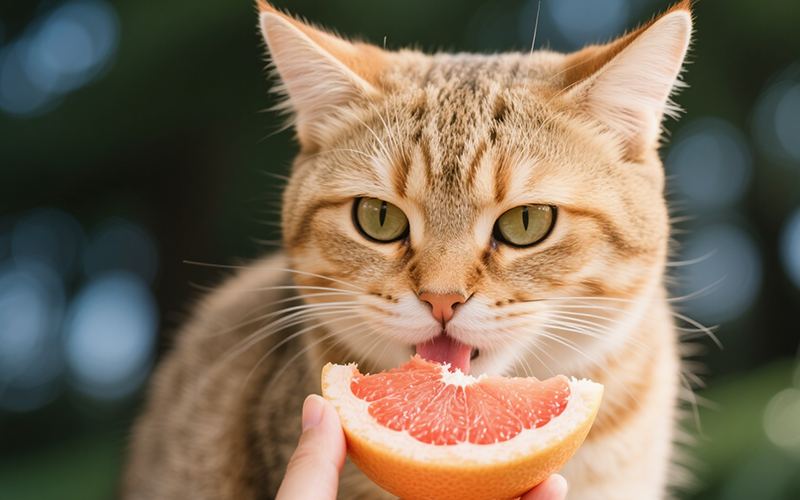
What is Grapefruit? A Citrus Profile
Grapefruit (*Citrus × paradisi*) is a large citrus fruit known for its slightly bitter to sour-sweet taste. Like oranges, lemons, and limes, it belongs to the *Rutaceae* family. Key parts of the grapefruit and its plant include:
Peel (Rind/Zest): The thick outer layer, ranging from yellow to pinkish-red, containing potent aromatic essential oils.
Pith: The white, spongy layer beneath the peel.
Flesh (Pulp/Segments) and Juice: The juicy, acidic inner part we typically consume.
Seeds: Found within the flesh.
Leaves and Stems:** Parts of the grapefruit tree itself.
Crucially for cat safety, the peel, leaves, stems, and even seeds contain compounds that are harmful to felines. The flesh and juice, while lower in these specific toxins, still pose risks due to their acidity.
Feline Biology vs. Citrus Fruits: Why Cats Can't Handle Grapefruit
Understanding why grapefruit is bad for cats requires recognizing their fundamental biological differences from humans. Cats are **obligate carnivores**:
Meat-Based Diet:** Their entire system is optimized to digest and derive nutrients from animal tissue. They lack the necessary enzymes to efficiently process large amounts of plant material, fiber, or certain complex plant compounds.
Metabolic Limitations:** Cats possess unique liver metabolism. They lack or have low levels of certain enzymes (like specific glucuronosyltransferases) crucial for detoxifying various substances, including phenols and essential oils found abundantly in citrus fruits. This makes them far more susceptible to poisoning from these compounds.
Sensitivity to Essential Oils:** The potent volatile oils (like limonene and linalool) that give citrus its strong scent are often irritating and can be toxic to cats through ingestion, skin contact, or even inhalation in concentrated forms.
Dietary Needs:** Grapefruit offers virtually nothing a cat needs nutritionally. They require high animal protein, specific fatty acids (like arachidonic acid), taurine, and pre-formed Vitamin A – none of which are found significantly in grapefruit. Cats synthesize their own Vitamin C.
This biological framework makes citrus fruits like grapefruit fundamentally incompatible with feline health.
The Clear Danger: Is Grapefruit Toxic to Cats?
Yes, absolutely. Grapefruit is considered **toxic to cats** by major veterinary and animal poison control organizations like the ASPCA. All parts of the grapefruit plant and fruit contain substances that can cause adverse reactions, ranging from mild gastrointestinal upset to more severe symptoms.
The primary toxic components are:
Essential Oils:** Mainly **limonene** and **linalool**, highly concentrated in the peel but present throughout the plant.
Psoralens:** Phototoxic compounds found in the plant (leaves, stems, peel, seeds).
Citric Acid:** The high acidity of the fruit pulp and juice.
Ingestion of **any** part – peel, pith, flesh, juice, seeds, leaves, or stems – can lead to symptoms of toxicity. Exposure to concentrated grapefruit essential oil is particularly dangerous.
Decoding the Toxins: How Grapefruit Harms Cats
Let's examine the specific effects of these harmful components:
Essential Oils (Limonene, Linalool)
These compounds give grapefruit its characteristic smell and are potent irritants and potential toxins for cats:
High Concentration:** Especially potent in the peel (zest/rind).
Irritation:** Can cause significant irritation to the skin upon contact, and to the mouth, throat, esophagus, and stomach lining upon ingestion.
Gastrointestinal Effects:** Frequently lead to excessive drooling (hypersalivation), vomiting, and diarrhea.
Neurological Effects:** In cases of significant ingestion (especially peel or concentrated oil), these compounds can affect the central nervous system. Symptoms may include lethargy, weakness, depression, muscle tremors, loss of coordination (ataxia), and in severe cases, hypothermia or collapse.
Liver Strain:** The feline liver struggles to metabolize these oils, potentially leading to liver damage with substantial exposure.
Grapefruit essential oil for cats** is extremely hazardous via ingestion, skin contact, or inhalation (e.g., from diffusers).
Psoralens
These compounds are found in grapefruit (especially the peel) and other citrus plants.
Phototoxicity:** Their main danger is causing photosensitivity. If a cat ingests psoralens or gets them on their skin/fur and is then exposed to UV light (sunlight), a severe dermatological reaction can occur.
Symptoms (Photodermatitis):** This reaction resembles a severe sunburn, causing significant redness, inflammation, blistering, pain, and potential skin damage.
Citric Acid
While less acutely toxic than the essential oils, the high acidity of grapefruit flesh and juice contributes to problems:
Oral Irritation:** Can cause discomfort, excessive drooling, or potentially mouth sores.
Stomach Upset:** Can irritate the stomach lining, contributing to vomiting, nausea, and abdominal discomfort.
The combination of these elements makes grapefruit a multifaceted threat to feline health.
Symptoms of Grapefruit Poisoning in Cats
If a cat has ingested grapefruit or its essential oil, watch closely for these signs of toxicity. Symptoms can vary based on the part and amount consumed, with peel and oil exposure generally causing more severe reactions.
Common / Mild to Moderate Symptoms:
Excessive Drooling / Foaming at the Mouth
Vomiting
Diarrhea
Loss of Appetite
Lethargy / Depression
Skin irritation or rash (especially after contact with peel/oil)
Severe Symptoms (More likely with peel/oil ingestion or large amounts):
Weakness
Difficulty Walking / Ataxia (stumbling, incoordination)
Muscle Tremors
Photosensitivity / Severe Skin Reaction (Photodermatitis) after sun exposure
Hypotension (Low Blood Pressure)
Hypothermia (Low Body Temperature)
Collapse
Potential Liver Damage (may show later signs)
Any suspected grapefruit ingestion, especially involving the peel or essential oil, or the appearance of ANY of these symptoms, warrants IMMEDIATE veterinary attention.
Which Parts of Grapefruit are Dangerous? (Spoiler: All of Them)
To be crystal clear, no part of the grapefruit plant or fruit is considered safe for cats:
Grapefruit Peel (Rind/Zest):** HIGHLY DANGEROUS. Contains the highest concentration of toxic essential oils (limonene) and psoralens. Even licking or chewing the peel can cause severe irritation and toxicity.
Grapefruit Flesh and Juice:** Contain citric acid causing irritation, plus lower (but still potentially harmful) levels of essential oils and psoralens. Grapefruit juice is bad for cats.
Grapefruit Seeds:** Contain small amounts of toxic compounds and should not be ingested.
Grapefruit Leaves and Stems:** Contain essential oils and psoralens, making them toxic if chewed or ingested.
Grapefruit Essential Oil:** Highly concentrated and extremely toxic through ingestion, skin contact, or inhalation. Avoid using grapefruit essential oil in diffusers, sprays, or cleaning products in homes with cats.
The rule for cats and citrus, including grapefruit, is complete avoidance.
Emergency Action: What to Do if Your Cat Eats Grapefruit
If you suspect or witness your cat ingesting any part of a grapefruit or its plant/oil:
1. Act Immediately:** Remove your cat from the source. Securely dispose of any remaining grapefruit parts, peel, plant material, or spilled oil/juice.2. Identify What Was Eaten:** Try to determine which part (peel, flesh, leaf, oil) and how much was ingested or contacted. Note the time.3. Check for Residue:** Look for plant matter or oily residue in the mouth (be gentle, it may be irritated) or on the fur/skin. If oil or peel residue is on the fur, you can try *gently* washing the area with mild liquid dish soap (like Dawn) and water to minimize absorption and prevent ingestion via grooming – **call your vet or poison control first for guidance on this step.**4. DO NOT Induce Vomiting:** Never try to make your cat vomit at home unless explicitly instructed by a veterinarian. It can be dangerous, especially with irritating substances or potential neurological symptoms.5. Call Your Veterinarian or Pet Poison Helpline IMMEDIATELY:** This is the most critical step. Contact your local vet, an emergency veterinary clinic, or a pet poison hotline (e.g., ASPCA Animal Poison Control Center, Pet Poison Helpline – fees may apply but they offer expert toxicologist advice 24/7).6. Provide Information:** Be ready to tell the vet/hotline: your cat's weight, what part of the grapefruit was involved, estimated amount, time of exposure, and any symptoms observed. If an essential oil product was involved, have the bottle/label handy if possible. Prompt veterinary assessment and treatment are crucial for the best prognosis, especially if the peel or essential oil was involved or if severe symptoms develop. The only truly safe approach is strict prevention: Secure Storage:** Keep whole grapefruits, segments, juice, and any grapefruit-containing products well out of reach (refrigerator, sealed containers, high cupboards). Kitchen Counter Safety:** Be vigilant when preparing grapefruit. Don't leave peels, segments, or juice unattended where a cat might investigate. Dispose of peels immediately and securely. Clean Spills Promptly:** Thoroughly clean any spills of grapefruit juice or essential oil using a pet-safe cleaner. AVOID Grapefruit Essential Oils:** Do not use grapefruit essential oil (or other citrus oils) in diffusers, homemade cleaners, sprays, or topical applications in a home with cats. The risk of inhalation, skin contact, or ingestion toxicity is too high. Choose unscented or known cat-safe products. Check Product Labels:** Be mindful of citrus extracts in some household goods or even pet products (rarely). Educate Household:** Ensure everyone living in or visiting the home knows that grapefruit is toxic to cats and must not be offered or left accessible. Garden/Plant Safety:** If you grow grapefruit trees, ensure cats cannot access them to chew on leaves, stems, or fallen fruit. Instead of risking citrus exposure, offer treats that are safe and species-appropriate: Small Pieces of Plain Cooked Meat:** Unseasoned chicken, turkey, lean beef, lamb. Commercial Cat Treats:** High-quality, meat-based options formulated for cats. Freeze-Dried Meat Treats:** Single-ingredient protein snacks. Lickable Cat Treats / Meat Pastes.** Catnip or Silver Vine:** (For cats who respond) Safe herbal enrichment. Cat Grass:** Safe greens (oat, wheat, barley) for nibbling. Veterinarians and animal poison control experts are unanimous in classifying grapefruit (and most other citrus fruits) as toxic to cats. Key points emphasized include: The toxicity stems primarily from **essential oils (limonene, linalool) and psoralens**, concentrated in the peel, leaves, and stems. Ingestion commonly causes **gastrointestinal upset** (drooling, vomiting, diarrhea). Significant ingestion or exposure to essential oil can lead to **neurological symptoms** (depression, tremors, ataxia) and potential **liver issues**. Psoralens can cause **photosensitivity (photodermatitis)**. **All parts** of the plant and fruit pose a risk. **Prevention** is paramount; keep grapefruit and citrus essential oils completely away from cats. Immediate **veterinary consultation** is necessary following suspected ingestion or exposure. Accidents happen, and discovering your cat may have ingested something toxic like grapefruit can be incredibly stressful. Knowing the potential symptoms and understanding the urgency of seeking veterinary care is vital. Having quick access to reliable information can be a crucial first step while you contact your veterinarian or emergency services. The PettureX App offers innovative features designed to support pet parents in these critical moments: 24/7 AI Vet Consultation: Get immediate AI-powered answers to urgent questions ("What to do if cat eats grapefruit peel?") or guidance on interpreting symptoms like vomiting, tremors, or lethargy. Image Recognition Technology: Useful for breed identification or assessing visible symptoms like skin reactions (share results with your vet). AI-Powered Symptom Checker: Input your cat's symptoms for an AI analysis of potential causes, including poisoning, helping you communicate effectively with your vet about the situation. Comprehensive Pet Health Database: Quickly access information on toxic substances, common household hazards, poisoning symptoms, and emergency guidelines. PettureX serves as a helpful digital resource, offering convenient AI-driven support and information, intended to supplement (not replace) the essential, immediate care provided by your veterinarian in an emergency. In conclusion, the answer to "can cats eat grapefruit?" is a clear and emphatic **NO**. All parts of the grapefruit plant and fruit contain compounds – primarily essential oils (limonene) and psoralens – that are toxic to cats. Ingestion can lead to symptoms ranging from gastrointestinal upset to severe neurological problems, photosensitivity, and potential liver issues. The peel and essential oil are particularly dangerous due to higher toxin concentrations. Protect your cat by ensuring they never have access to grapefruit or grapefruit-containing products. Avoid using grapefruit essential oils in your home. Strict prevention is the only way to guarantee safety from this common but hazardous citrus fruit. If you suspect exposure, contact your veterinarian or a pet poison helpline immediately. Opt for safe, species-appropriate treats to keep your feline companion healthy and happy.Prevention: Keeping Grapefruit Away From Curious Paws
Safer Treat Alternatives for Your Feline Friend
Veterinary Consensus: Grapefruit and Citrus are Definite Feline Hazards
Grapefruit Toxicity Summary Table
Aspect Details Regarding Grapefruit and Cats Can Cats Eat Grapefruit? **NO.** Grapefruit is toxic to cats. Avoid all parts. Toxic Parts ALL: Peel, Pith, Flesh, Juice, Seeds, Leaves, Stems. **Peel is most concentrated in toxins.** Toxic Compounds Essential Oils (Limonene, Linalool), Psoralens, Citric Acid. Symptoms of Poisoning Drooling, Vomiting, Diarrhea, Lethargy, Weakness, Tremors, Ataxia, Photosensitivity, Potential Liver Issues. Grapefruit Essential Oil **EXTREMELY TOXIC.** Avoid ingestion, skin contact, and diffusion in cat households. Action if Exposed Remove cat/source, Identify part/amount, **Call Vet/Poison Control IMMEDIATELY.** Do NOT induce vomiting. Prevention Secure storage, careful food prep, avoid citrus essential oils, educate household. Keep **cats and citrus** separate. Need Urgent Pet Safety Information? PettureX Can Help!
Conclusion: Grapefruit - A Definite Danger, Keep It Far From Felines
Related

Frankly Dangerous: Can Cats Eat Hot Dogs? Vet Explains the Serious Risks
- 16 Apr 2025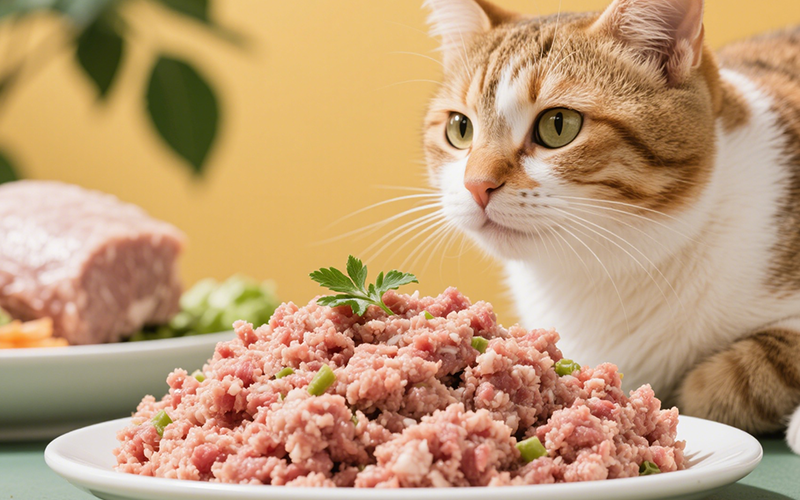
A Purrfect Protein? Can Cats Eat Ground Turkey Safely? (Vet-Reviewed Guide)
- 16 Apr 2025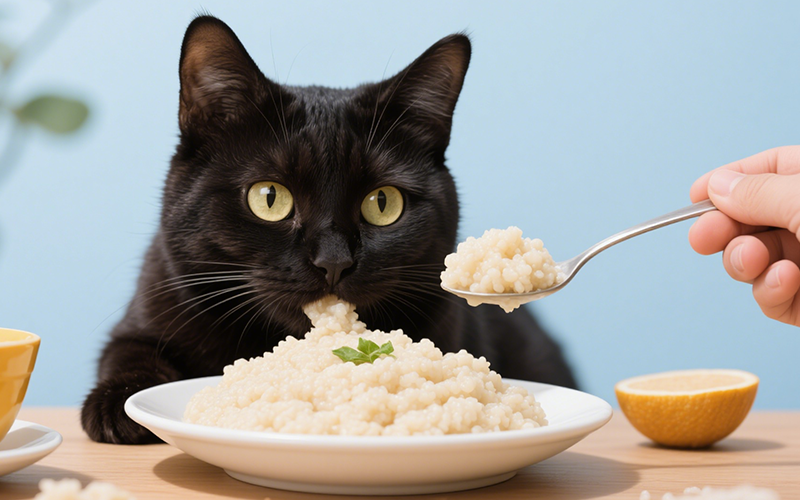
Gritty Situation: Can Cats Eat Grits Safely? Vet Explains the Risks
- 16 Apr 2025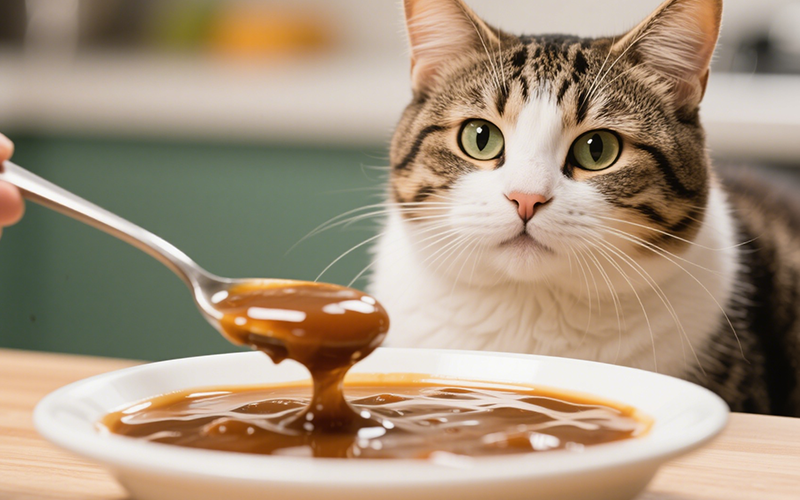
Gravy Danger Zone: Can Cats Eat Gravy Safely? (Vet-Reviewed Warning)
- 16 Apr 2025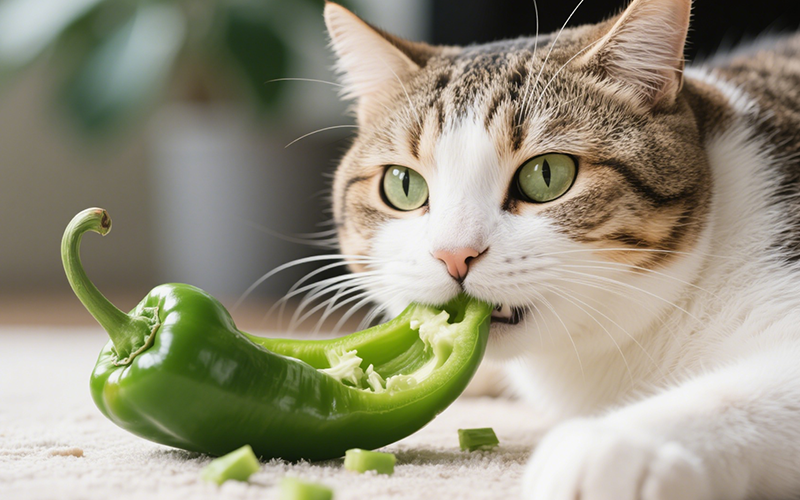
Crunchy Query: Can Cats Eat Green Peppers? A Vet-Reviewed Safety Analysis
- 16 Apr 2025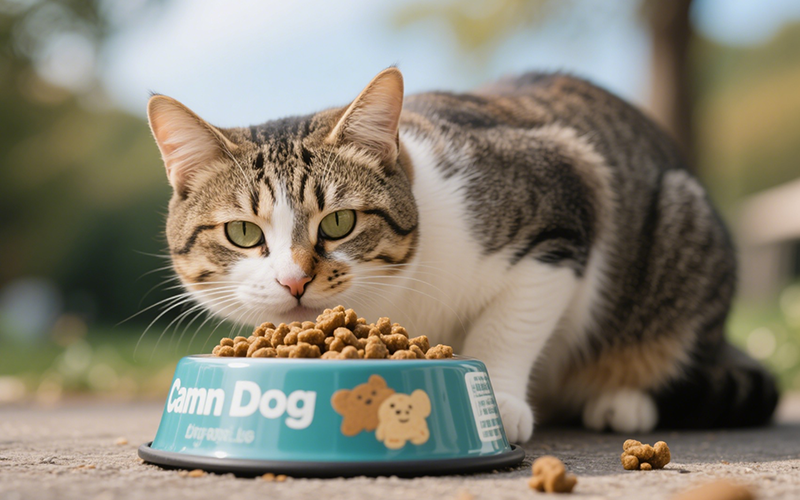
Emergency Meal or Major Mistake? Can Cats Eat Dog Food For A Couple Days? (Vet Guide)
- 16 Apr 2025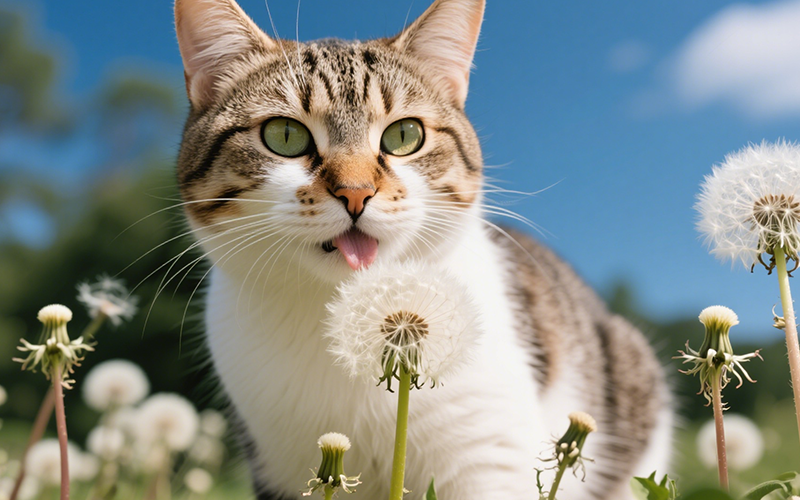
Dandelions & Felines: Can Cats Eat These Common Weeds Safely? Vet Explains
- 16 Apr 2025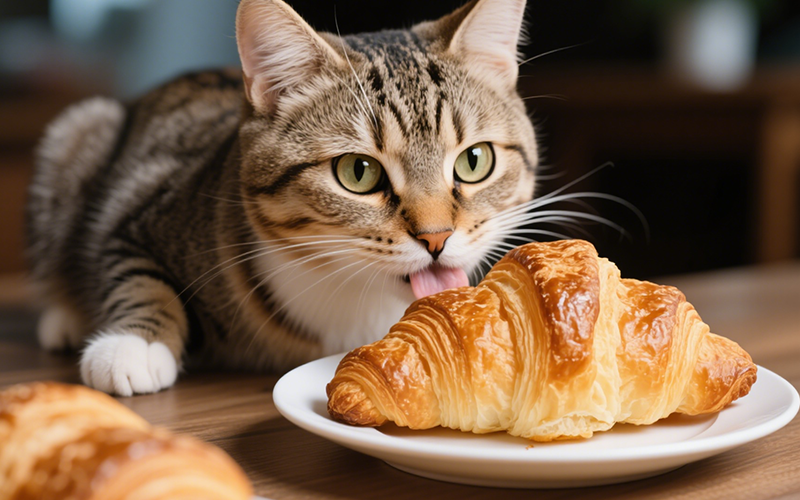
Flaky Danger: Can Cats Eat Croissants Safely? Vet Explains the Buttery Risks
- 16 Apr 2025
Hazard Alert: Can Cats Eat Corn Husks? Vet Explains Dangers of This Fibrous Material
- 16 Apr 2025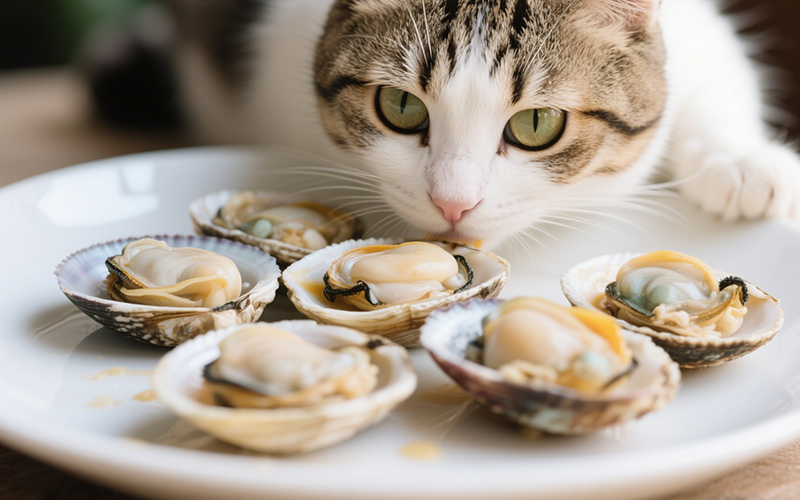
Seafood Surprise: Can Cats Eat Clams Safely? (Vet-Reviewed Risks & Guide)
- 15 Apr 2025
